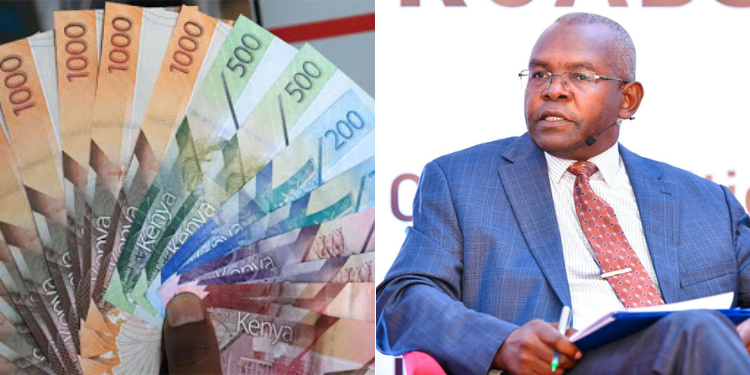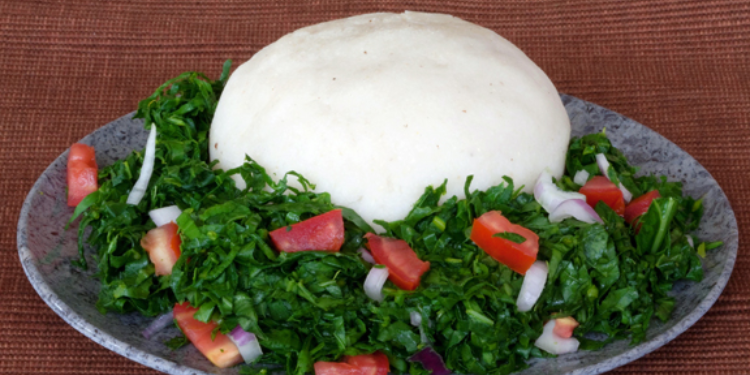The Central Bank of Kenya (CBK) has explained why the Kenya Shilling remained stable against major international and regional currencies during the week ending November 13, 2025.
On November 13, the Shilling exchanged at KSh 129.25 per U.S. dollar, slightly up from KSh 129.23 on November 6.
In its weekly bulletin published on November 14, 2025, the CBK attributed the Shilling’s stability to a rise in foreign exchange reserves.
As of November 13, the reserves were adequate at USD 12,292 million, equating to 5.4 months of import cover. This level meets the CBK’s statutory requirement to maintain at least four months of import cover.
CBK Highlights Reasons Why Kenyan Shilling Has Remained Strong
On October 15, 2025, reserves stood at USD 12,072 million, covering approximately 5.3 months of imports. By October 23, reserves had increased slightly to USD 12,080 million, while maintaining the same import cover.
At the end of October, on the 30th, reserves rose to USD 12,194 million, still covering 5.3 months of imports. In the first week of November, reserves were recorded at USD 12,163 million, reflecting a slight increase in import cover to 5.4 months.
Also Read: CBK Opens Ksh40 Billion Treasury Bond Investment to Kenyans Starting from 50K
Another factor contributing to the stability of the Kenya Shilling is strong inflows from the diaspora. Remittance inflows to Kenya totaled USD 438.8 million in October 2025, up from USD 437.2 million in October 2024, representing a 0.4 percent increase.
The cumulative inflows for the 12 months leading up to October 2025 rose by 5.8 percent to USD 5,082 million compared to USD 4,804 million during the same period in 2024. These remittance inflows remain a crucial source of foreign exchange earnings and continue to support the balance of payments.
Continued liquidity in the money market also influenced the stability of the Kenya Shilling, characterized by active open market operations. During the week ending November 13, the money market remained liquid, with commercial banks holding an average of KSh 14.7 billion in excess reserves above the 3.25% Cash Reserve Ratio (CRR).
The Kenya Shilling Overnight Interbank Average Rate (KESONIA) fell slightly to 9.23% on November 13, down from 9.25% the previous week. Interbank activity saw an increase, with the average number of transactions rising to 26 from 18, and the average value traded increasing to KSh 13.9 billion from KSh 6.9 billion.
“The Kenya Shilling Overnight Interbank Average Rate (KESONIA) declined marginally to 9.23 percent on November 13, from 9.25 percent on November 6. During the week, the average number of interbank transactions increased to 26 from 18 in the previous week, while the average value traded increased to KSh 13.9 billion from KSh 6.9 billion,” CBK noted.
How Global Trends Affected the Kenya Shilling
Investor interest in the domestic debt market also remained strong. The Treasury bill auction conducted on November 13 attracted KSh 30.5 billion in bids, exceeding the advertised amount of KSh 24 billion, resulting in a performance rate of 127.3 percent.
CBK stated that the sustained demand for government securities contributed to exchange rate stability by supporting inflows and maintaining market confidence.
Also Read: CBK Revokes License of Netherlands-Based Payment Service Provider
Additionally, the stability of the Kenya Shilling was partly due to easing inflation concerns and favorable global conditions. Inflation rates in major economies moderated, with Germany’s annual rate falling slightly to 2.3% in October 2025. Meanwhile, South Africa adjusted its inflation target for flexibility, the UK economy showed modest growth of 0.1% in Q3 2025, and the U.S. dollar weakened by 0.6% over the week.
International oil prices also fell slightly to USD 65.03 per barrel, supported by rising inventories and weak demand, despite ongoing geopolitical risks from the Russia-Ukraine war. These global developments helped maintain relative stability in the Kenya Shilling.
Follow our WhatsApp Channel and X Account for real-time news updates











































































